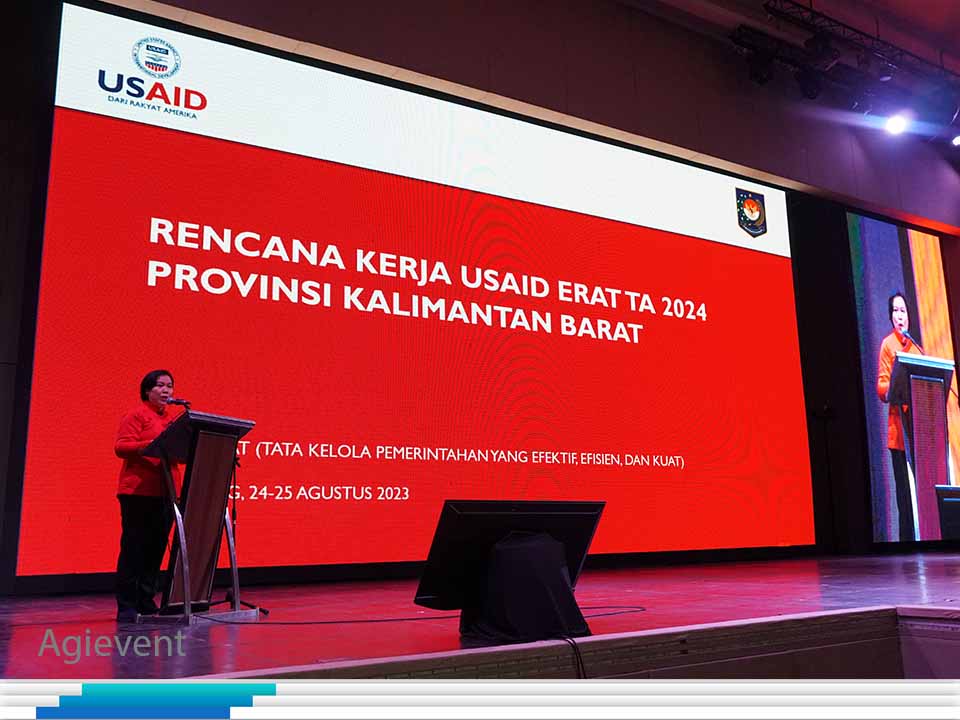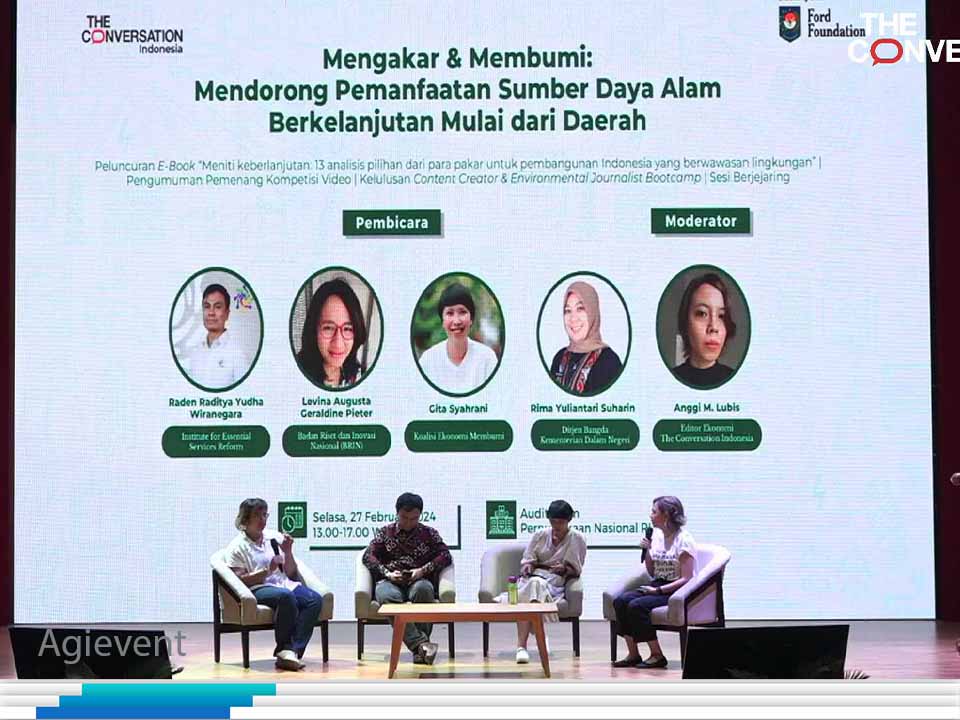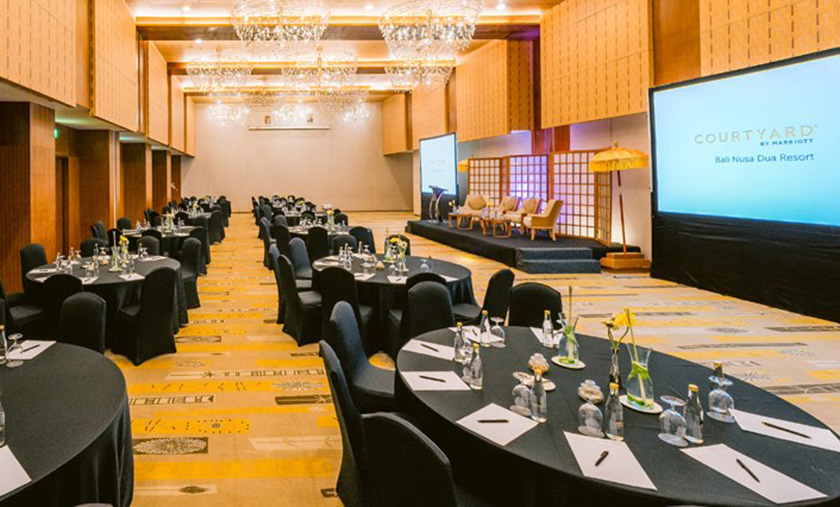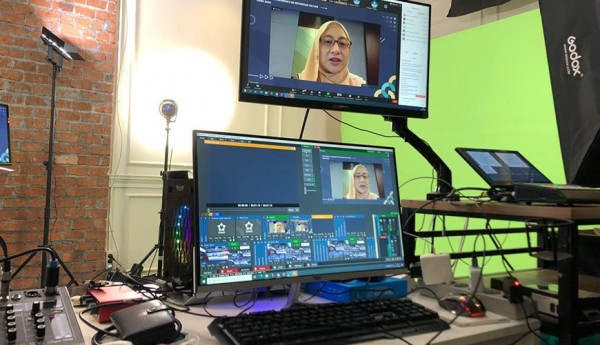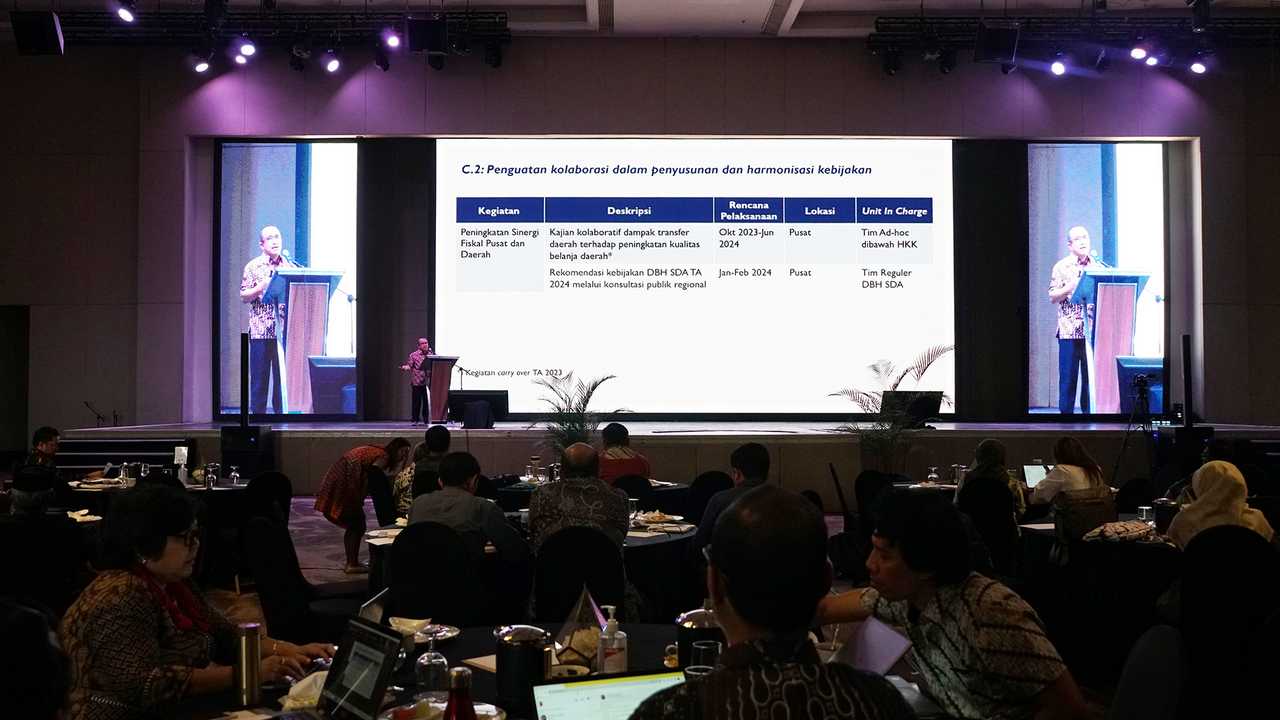
Hybrid Event
Jakarta - Bandung - Bogor- Surabaya - Bali
Hybrid Event
Hybrid events are a type of event or meeting that combines elements of a physical event (on-site) with virtual elements (online). In a hybrid event, there are two main components: a physical meeting attended by a group of participants directly at the event location, and there are also participants who follow the event virtually through an online conference platform or technology.
Hybrid Event
Here are some of the main characteristics of hybrid events:
Dual Format: Combining live and online participation, allowing a wider audience to participate without geographical limitations.
Interactivity: Using technology for two-way interaction between offline and online participants, such as Q&A sessions, polling, or chat.
Accessibility: Allowing access to event content for those who cannot physically attend, either in person or via recording.
Flexibility: Participants can choose the way that is most convenient for them to participate, either in person or online.
Technology: Requires supporting technology infrastructure, including conferencing software, video streaming, and online collaboration tools.
Examples of hybrid events include business conferences, educational seminars, product launches, and cultural or entertainment events. By combining both formats, organizers can reach a wider audience and offer a more inclusive and flexible experience.
Registration Online
Online registration for events is a process that allows attendees to register for an event via mobile phone. This system not only makes registration easier for attendees, but also helps event organizers manage attendee information more efficiently.
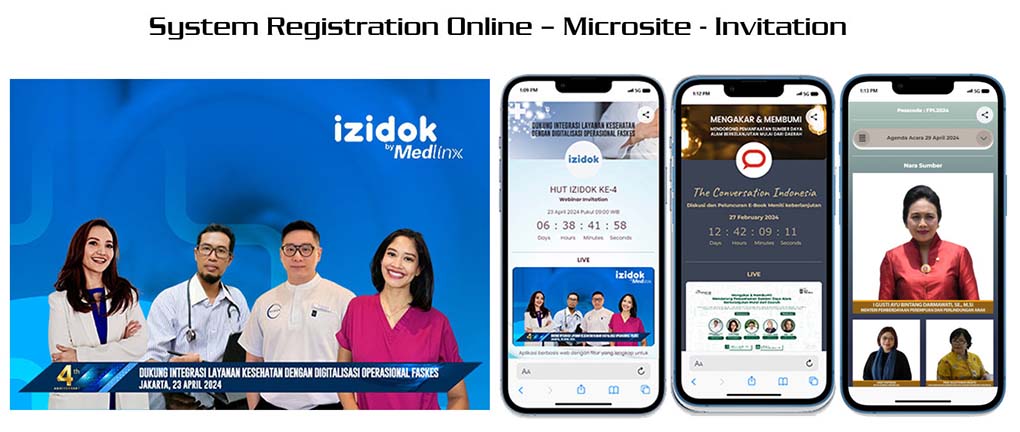
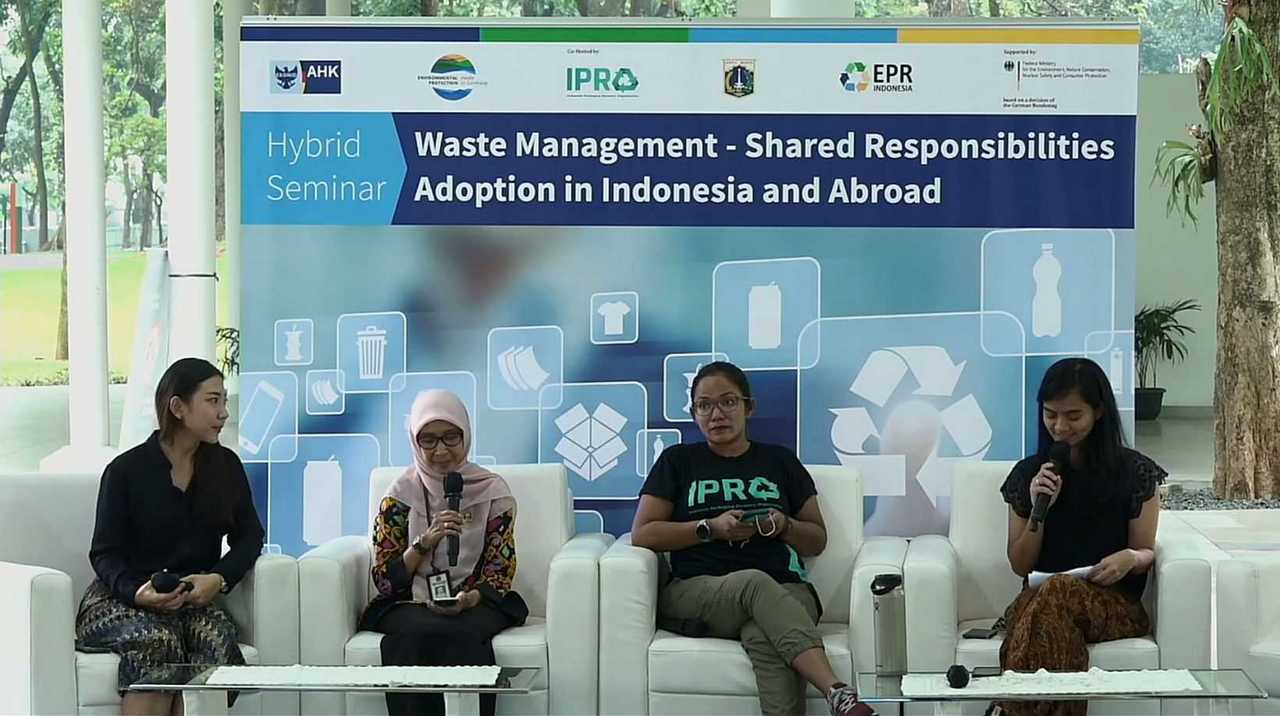

Aids Health Foundation AHF

Ford Foundation

Forum Pengada Layanan
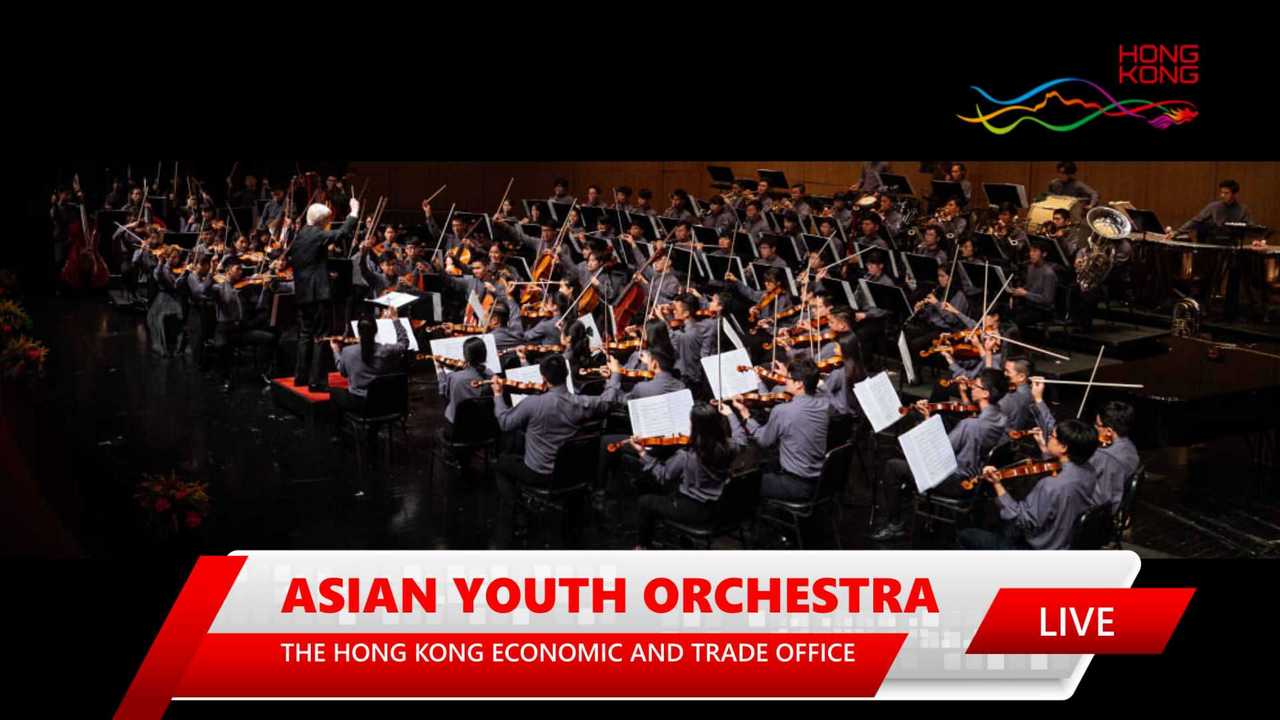
Hong Kong - HKETO

ESG Hybrid Event

USAID-Kemendagri RI
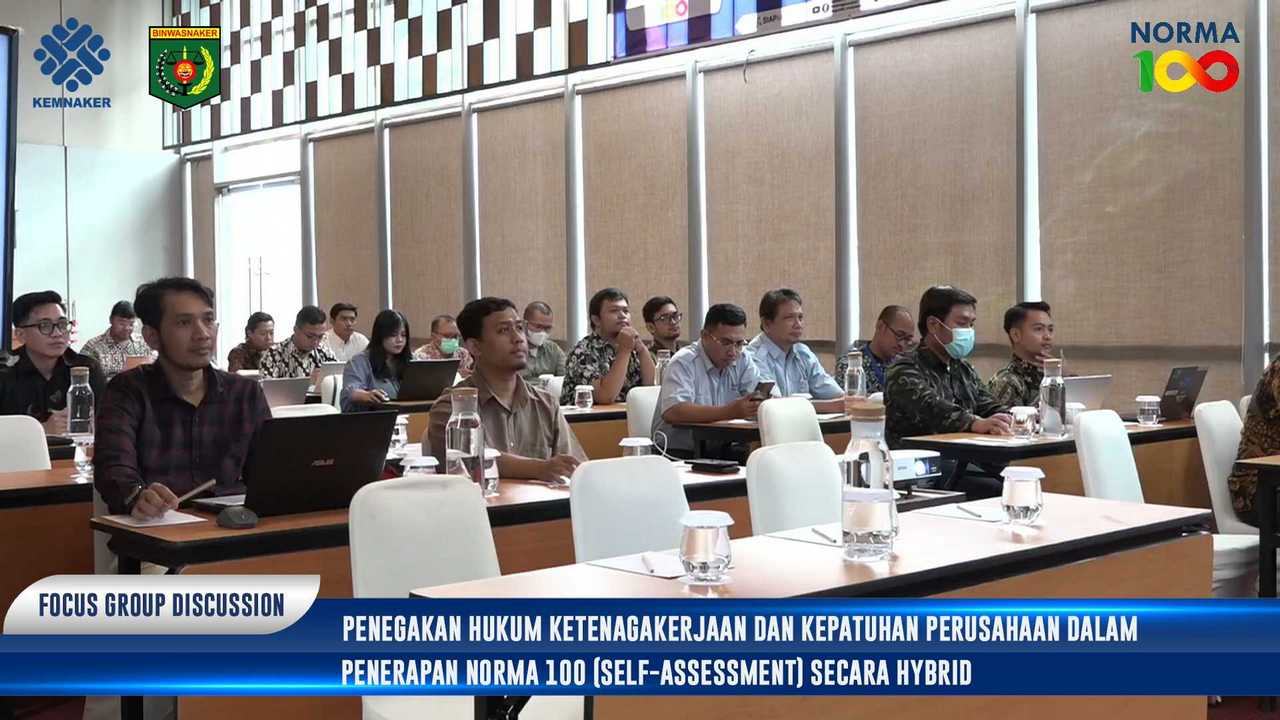
FGD Kemnaker RI

Kemenperin RI

PT Biro Klasifikasi Indonesia

Kementerian PUPR

The Conversation Indonesia
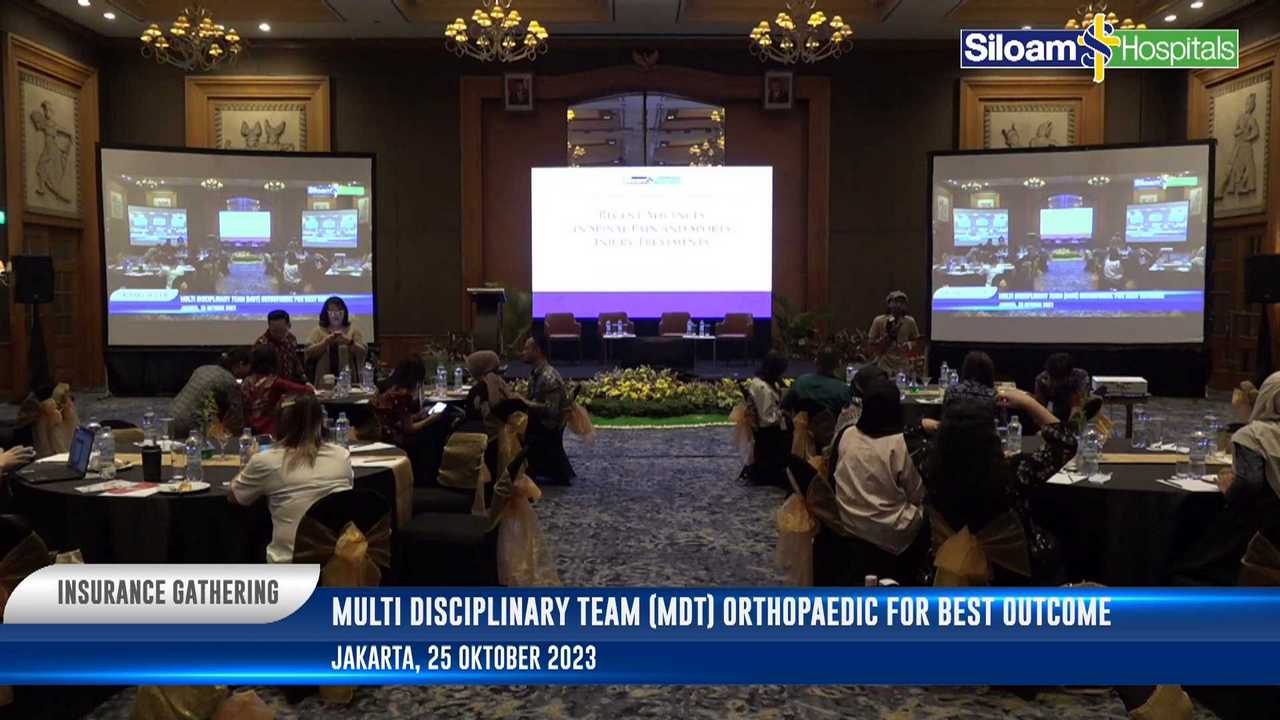
Siloam Hospital
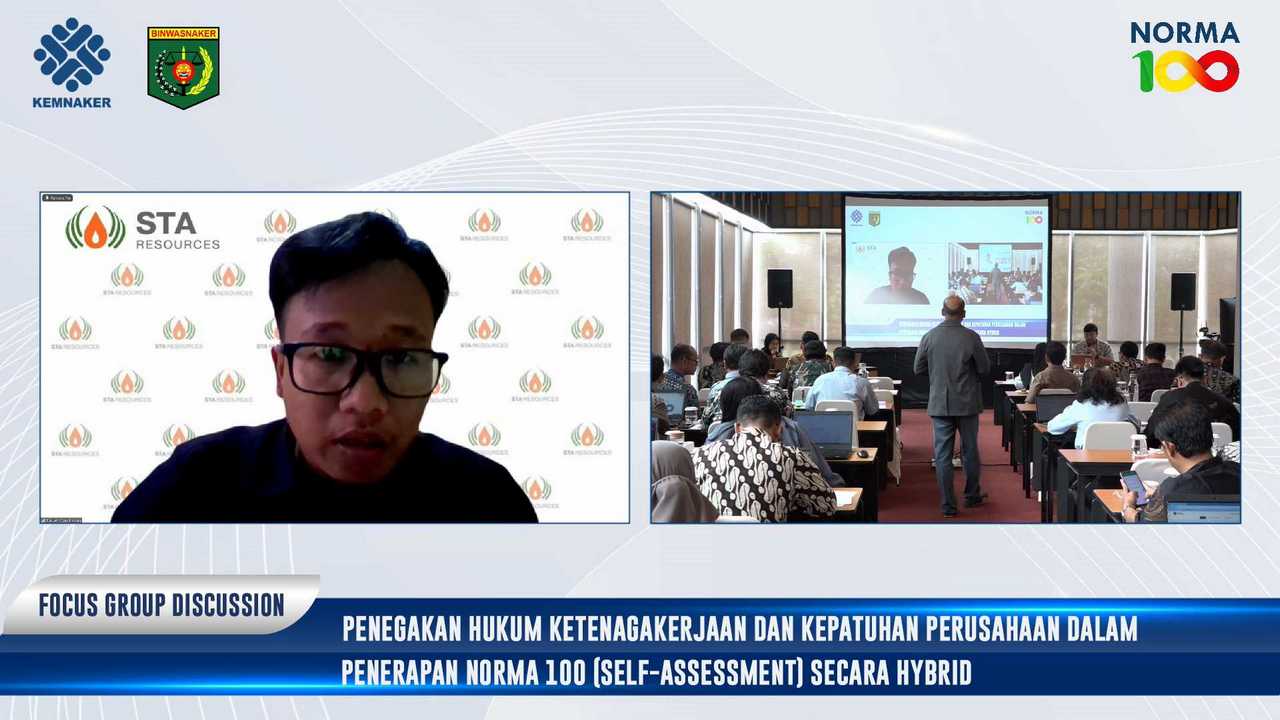
Kemnaker - Norma 100

Howden insurance
The goal of a hybrid event is to leverage the combined strengths of physical and virtual events to achieve broader and more effective benefits. Here are some of the main goals of a hybrid event:
Increase Audience Reach:
By providing online participation options, events can be accessed by attendees from remote geographic locations, thereby expanding the reach and impact of the event.
Flexibility and Accessibility:
Providing convenience for participants who cannot attend physically, either due to time constraints, travel costs, or health reasons.
Cost Savings:
Reduce travel and accommodation costs for attendees and speakers attending online. This can also reduce logistics costs for organizers.
Interactivity and Engagement:
Using technology to enable richer interactions between attendees, such as live Q&A sessions, polling, and group discussions, can increase attendee engagement.
Collecting Data and Insights:
Digital platforms allow for the collection of more detailed data about attendee behavior and preferences, which can be used to improve future events.
Enhancing Sustainability:
Reduce carbon footprint by reducing the need for travel and use of physical resources, making it more environmentally friendly.
Ongoing Content:
Create event recordings that are accessible after the event is over, allowing attendees to replay or catch up on missed content.
Coping with Uncertainty:
Provide alternatives in case of unforeseen obstacles, such as a pandemic or natural disaster, that may prevent physical meetings.
Wider Networking:
Providing a platform for networking not only at the event venue, but also online, which can expand opportunities for collaboration and exchange of ideas.
Increase ROI (Return on Investment):
By reaching a wider audience and leveraging the data collected for better marketing strategies and product development, hybrid events can provide greater value to organizers and attendees.
In other words, hybrid events seek to combine the best of both worlds (offline and online) to create a more comprehensive, and inclusive event experience.
Mengumpulkan Data dan Insight:
Platform digital memungkinkan pengumpulan data yang lebih mendetail tentang perilaku dan preferensi peserta, yang dapat digunakan untuk meningkatkan acara di masa depan.
Meningkatkan Keberlanjutan:
Mengurangi jejak karbon dengan mengurangi kebutuhan perjalanan dan penggunaan sumber daya fisik, sehingga lebih ramah lingkungan.
Konten yang Berkelanjutan:
Membuat rekaman acara yang dapat diakses setelah acara selesai, memungkinkan peserta untuk mengulang atau mengejar konten yang terlewatkan.
Mengatasi Ketidakpastian:
Memberikan alternatif jika ada kendala yang tidak terduga, seperti pandemi atau bencana alam, yang dapat menghambat pertemuan fisik.
Networking yang Lebih Luas:
Menyediakan platform untuk berjejaring tidak hanya di tempat acara, tetapi juga secara online, yang dapat memperluas peluang kolaborasi dan pertukaran ide.
Meningkatkan ROI (Return on Investment):
Dengan mencapai audiens yang lebih luas dan memanfaatkan data yang dikumpulkan untuk strategi pemasaran dan pengembangan produk yang lebih baik, hybrid event dapat memberikan nilai yang lebih besar bagi penyelenggara dan peserta.
Dengan kata lain, hybrid event berusaha untuk menggabungkan yang terbaik dari kedua dunia (offline dan online) untuk menciptakan pengalaman acara yang lebih komprehensif,dan inklusif.

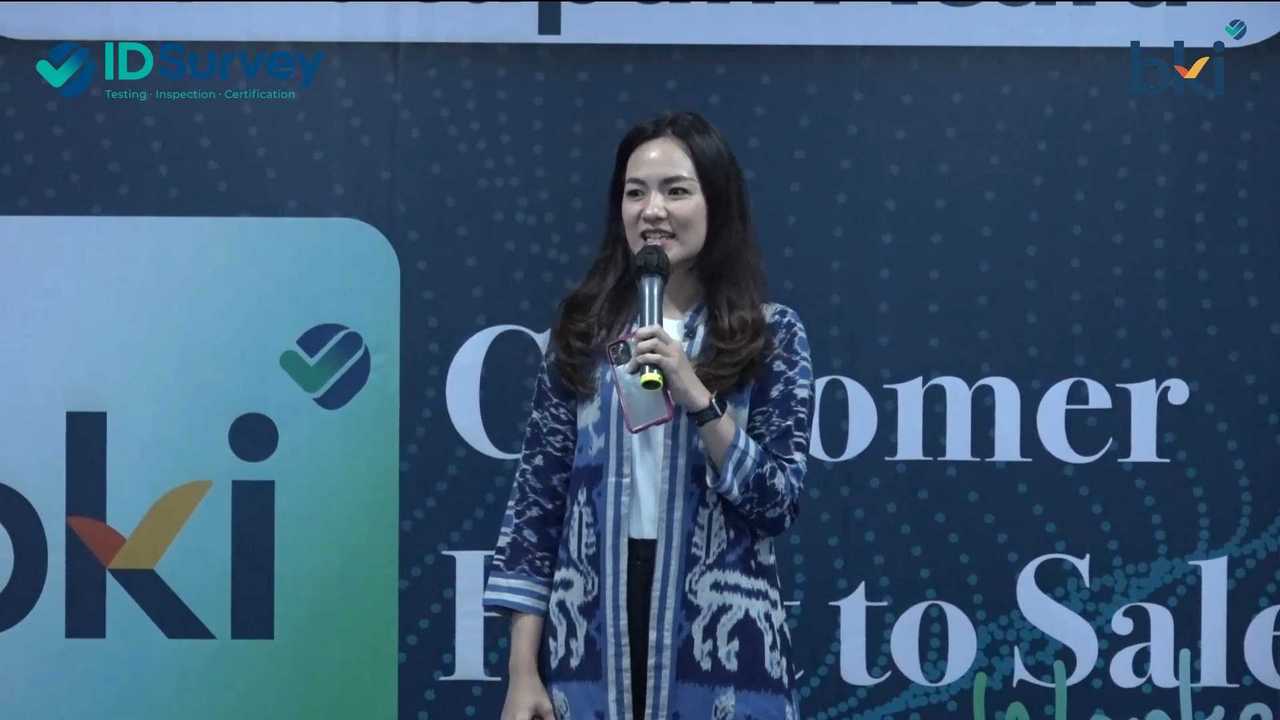
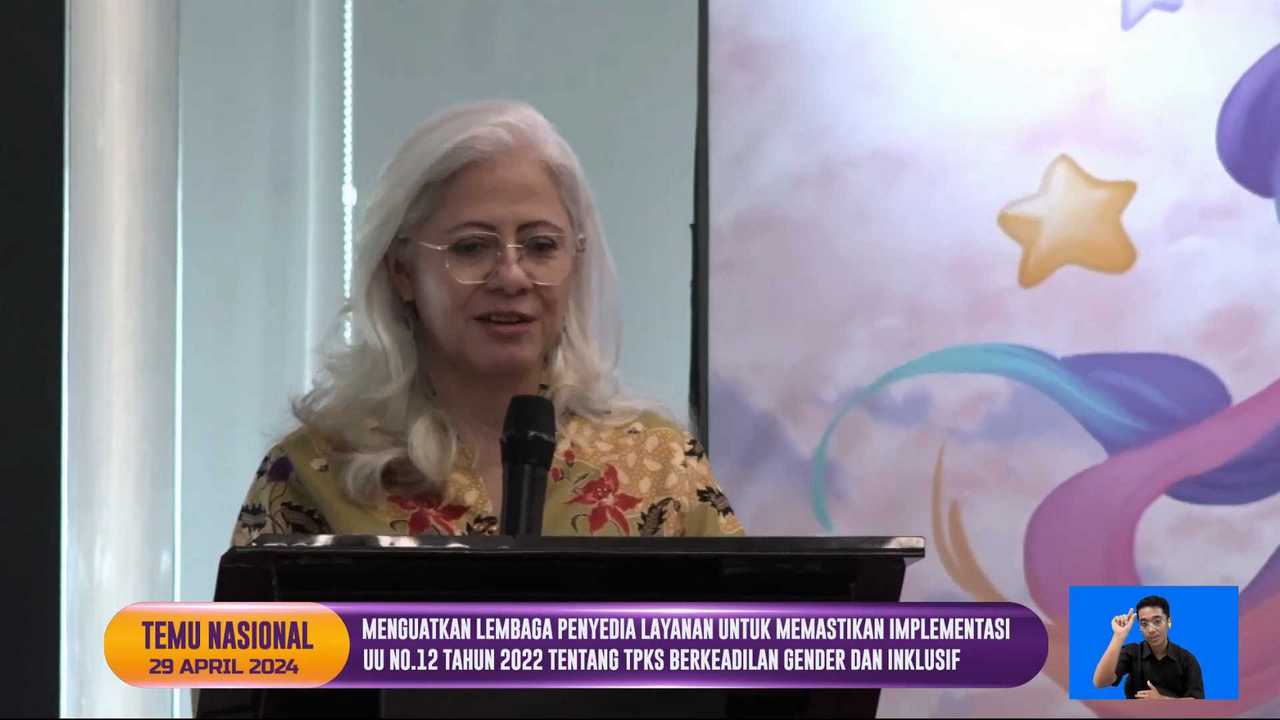
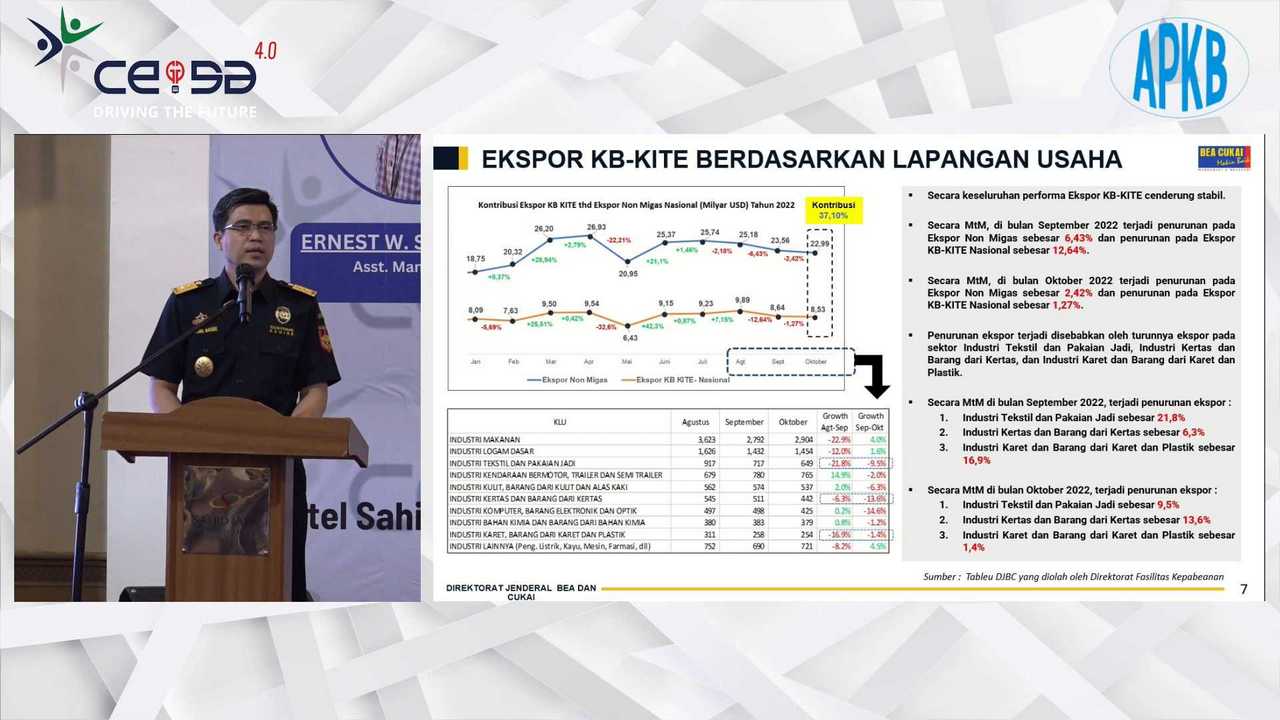





Tips for creating a successful Hybrid event
Organizing a hybrid event requires careful planning and good coordination to ensure the success of the event. Here are the preparation steps that can be followed:
1. Setting Goals and Objectives
Define the main purpose of the event and the goals you want to achieve, such as increasing the number of attendees, engagement, or product launch.
2. Create an Organizing Team
Form a team with clear roles and responsibilities, including a project manager, IT technician, marketing team, and events team.
3. Choosing a Technology Platform
Choose the right technology platform for your hybrid event needs, such as video streaming platforms, online engagement tools, and event management software.
4. Prepare a budget plan
Create a budget that covers all aspects of the event, including technology costs, venue rentals, promotions, and logistical needs.
5. Choosing an Event Location
Choose a physical location that is appropriate to the scale of the event and that has adequate technology infrastructure to support the virtual component.
6. Developing Event Content
Plan the event agenda, including speakers, discussion panels, workshop sessions, and audience interactions. Make sure the content is relevant to both physical and online attendees.
7. Preparing Equipment and Technology Infrastructure
Make sure all equipment such as cameras, microphones, computers, and internet connections are working properly. Conduct a technical test before the event.
8. Planning Promotion and Registration
Create a marketing strategy to promote the event through email, social media, website, etc. Create an easily accessible registration system for both physical and online attendees.
9. Practice and Simulation
Conduct drills and simulations for all team members and speakers, including technical trials and emergency scenarios.
10. Provide Technical and Logistics Support
Have a technical support team ready to handle any issues that may arise during the event, for both physical and online attendees.
11. Set up an Interaction and Engagement System
Use features like live chat, polling, Q&A, and discussion forums to ensure participant interaction and engagement.
12. Monitoring and Adjustment During the Event
Monitor the event in real-time to ensure everything is running smoothly. Adjust if any obstacles arise.
13. Evaluate and Analyze Events
After the event is over, collect feedback from attendees and analyze the data to evaluate the success of the event and identify areas for improvement.
14. Post Event Follow-up
Send follow-up materials such as session recordings, presentation materials, and event reports to attendees. Maintain good relationships with attendees for future events.
By following these steps, organizers can ensure that hybrid events run successfully and meet their stated goals.
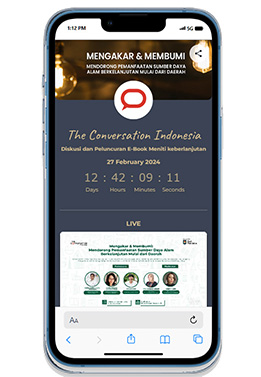
Microsite
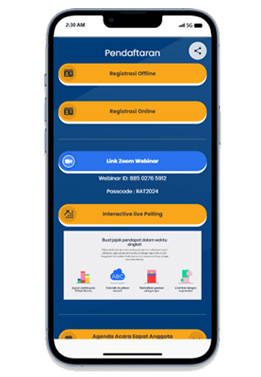
Registration Online
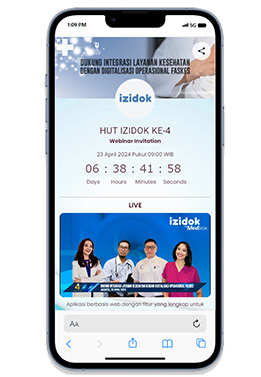
Live Streaming

Aplikasi VMIX
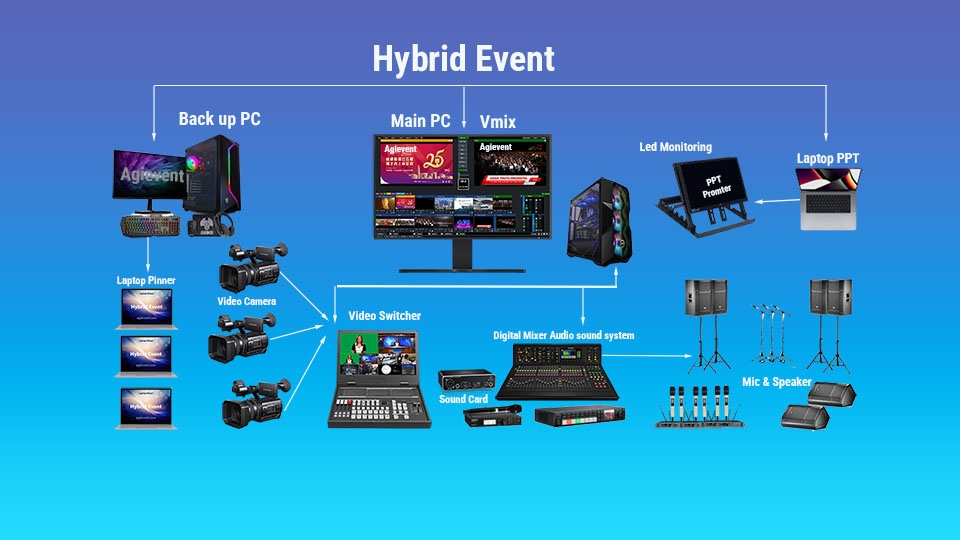
Workflow Hybrid Event
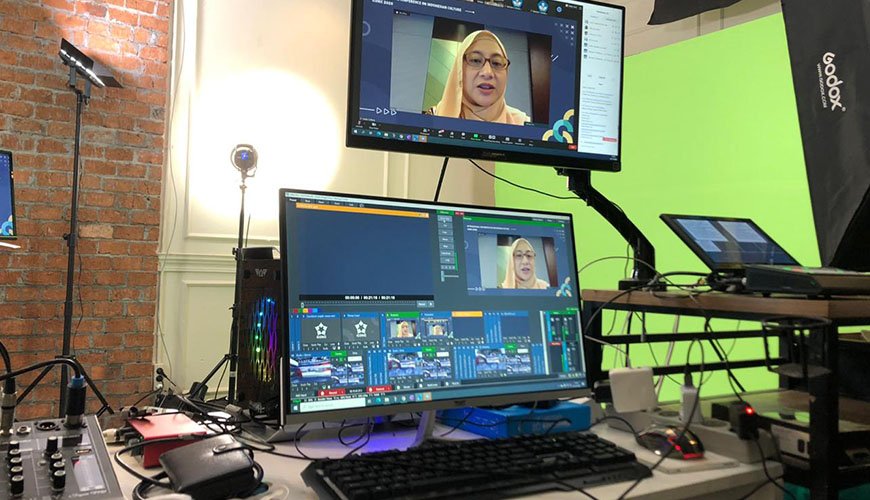
Equipment Hybrid Event
Equipment needed for Hybrid Events
A hybrid event is an event that combines elements of a physical (face-to-face) event and a virtual (online) event. To organize a hybrid event, there are several equipment and technologies needed to make the event run smoothly and successfully. Here is a list of equipment needed for a hybrid event:
1.Audiovisual (AV) equipment
Video Camera: To visually capture the event and broadcast it live to an online audience.
Microphones: Wireless microphones, lavalier microphones, and table microphones to capture voices from speakers and participants.
Speakers: To ensure the physical audience can hear clearly.
Lighting: LED lights and stage lighting to ensure high quality images captured by the camera.
2.Streaming and Recording Equipment
Encoder: To convert the video signal into a digital format that can be streamed.
Computer/Laptop: To manage and control streaming streams and operate related software.
Streaming Software: Such as OBS Studio, vMix, or other software used to broadcast events live.
3.Internet Connectivity
Stable and Fast Internet Connection: Wired (ethernet) connections are usually more reliable than Wi-Fi.
Internet Backup: As a precautionary measure if the main connection experiences disruption.
4. Interactive Equipment
Large Projector or Monitor Screen: To display online participants to a physical audience.
Interaction Systems: Tools such as clickers, tablets, or polling software to interact with the audience.
5. Logistics and Support Equipment
IT equipment: Laptops, tablets or desktop computers for staff and participants.
Cables and Adapters: To connect all AV equipment and make sure everything is connected properly.
Spare Equipment: Such as batteries, extra microphones, and spare cables in case of damage or technical problems.
6.Platform and Software
Conferencing Platform: Such as Zoom, Microsoft Teams, or a dedicated platform for hybrid events that supports features like Q&A, polling, and breakout rooms.
Registration Management: A system for managing participant registration, both physical and online.
Event Management System: To manage agendas, schedules, and communication with attendees.
By ensuring all of this equipment and technology is available and functioning properly, organizers can ensure that hybrid events run smoothly and provide a satisfying experience for both on-site and online audiences.
What is vMix
vMix is a video production software that allows users to produce professional-quality video content. This software is often used for live broadcasts, streaming, and video production in various contexts, such as live events, webinars, conferences, music performances, and more. Here are some of the main features of vMix:
1.Mixing dan Switching:
vMix allows users to mix and switch multiple video sources, including cameras, pre-recorded video, images, audio, and other content in real-time.
2.Live Streaming:
Users can broadcast live to various streaming platforms such as YouTube, Facebook Live, Twitch, and others.
3.Graphics and Titles:
vMix provides tools for creating graphics and titles that can be added to videos directly, including lower thirds, tickers, and graphic overlays.
4.Recording:
This software allows direct video recording to disc in various formats and resolutions, including 4K.
5.Multi-View:
The multi-view feature allows users to display multiple video sources in one view, which is especially useful for complex productions.
6.Transitions and Effects:
vMix offers a variety of transitions and visual effects that can be used to enrich video production.
7.Remote Guest Integration:
The vMix Call feature allows the integration of remote guests into video productions via video calls.
8.Integration with Hardware:
vMix can work with a variety of video production hardware, including switchers, controllers, and cameras.
9.Replay and Slow Motion:
The replay and slow motion features allow users to replay key moments in a video production, which is especially useful for sporting events and live broadcasts.
10.Audio Management:
Advanced audio management, including audio mixer, level adjustment, and audio effects.
Support for a wide range of audio formats and input/output devices.
11.Custom Scripting and Automation:
Provides support for scripting and automation to control various aspects of production through custom APIs and protocols.
vMix is frequently used in various types of video productions, including live broadcasts, corporate events, church productions, sports, and education. With its advanced features, vMix allows users of all skill levels to produce professional, quality video content.




